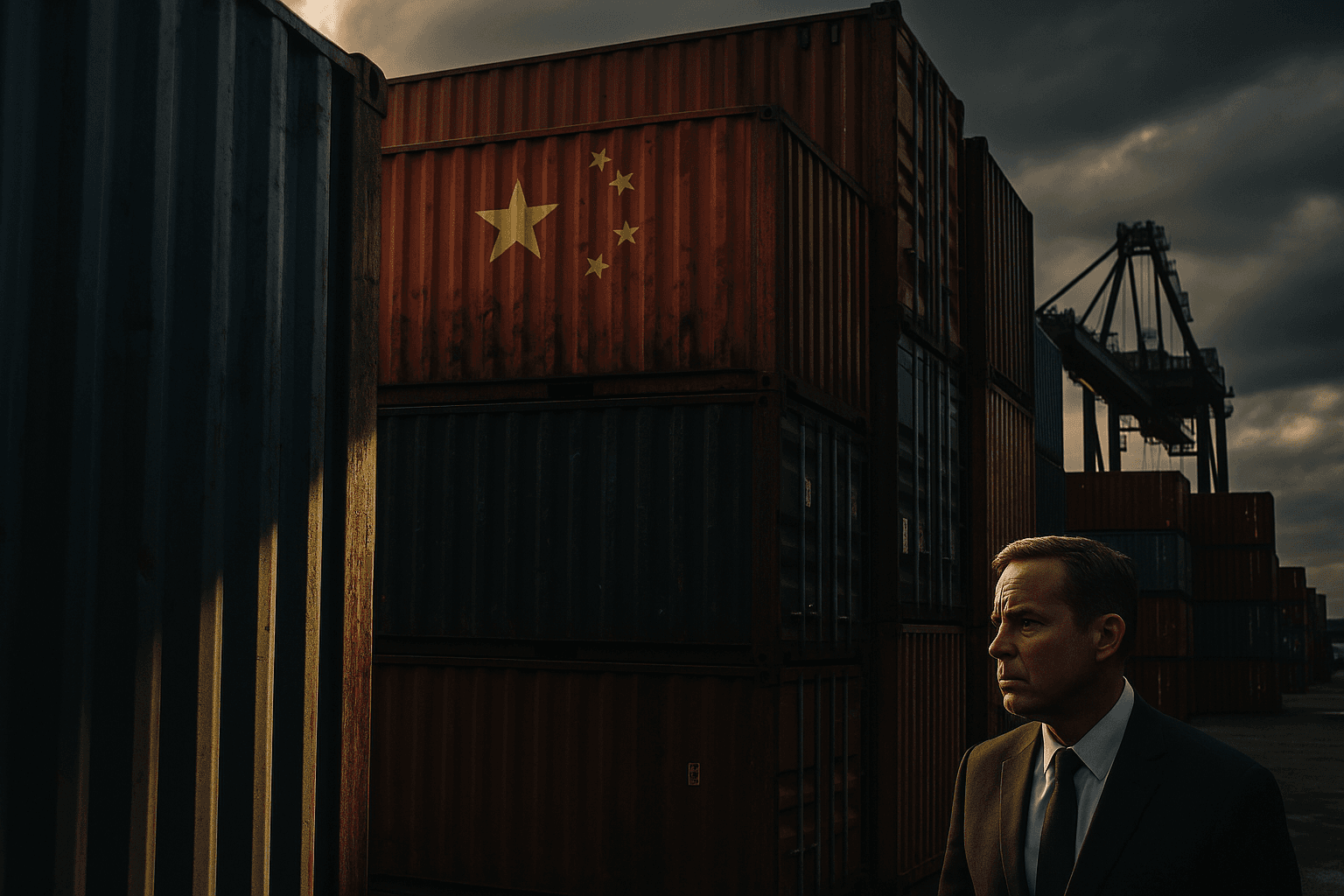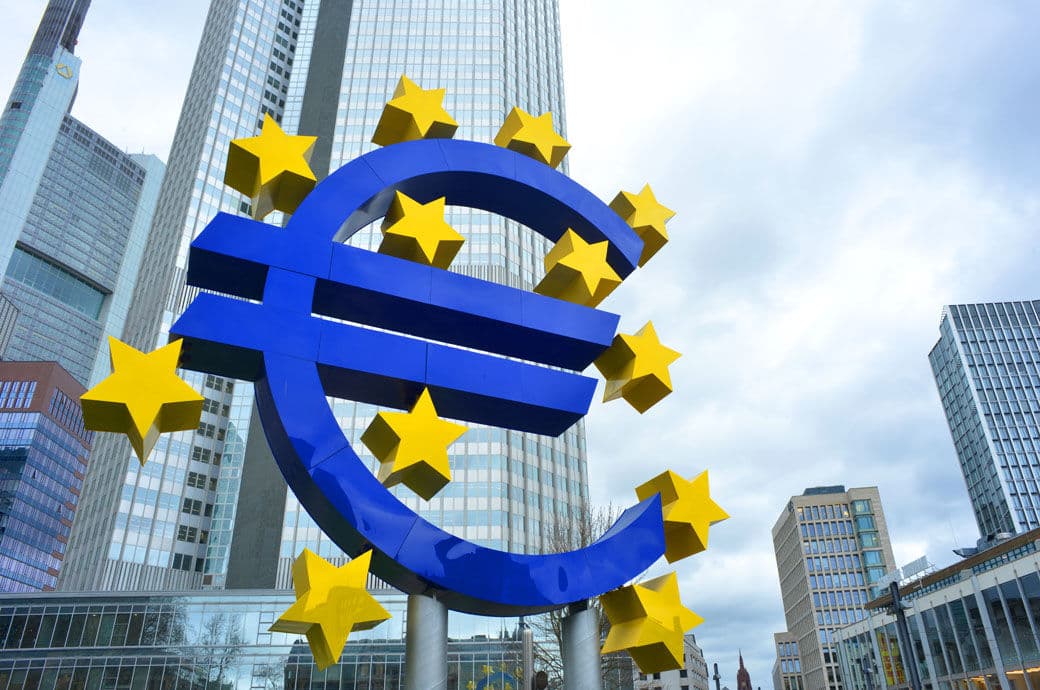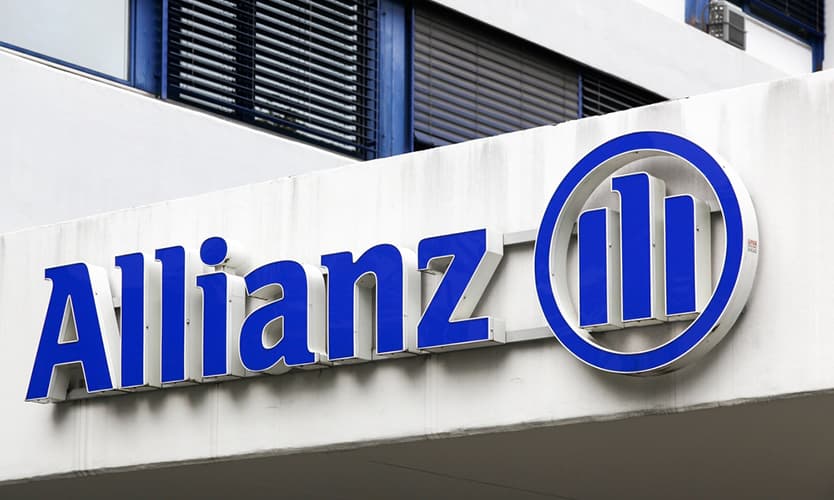U.S. Extends Tariff Exclusions, Keeps Relief Amid China Probe
The Office of the U.S. Trade Representative announced an extension of tariff exclusions tied to a probe of Chinese technology transfer and intellectual property practices, moving the expiration from November 2025 to November 2026. The move aims to preserve relief for affected importers while Washington and Beijing pursue follow up agreements from the leaders' November 1, 2025 meeting, with wider implications for supply chains, inflation and U.S. leverage in trade talks.

The Office of the U.S. Trade Representative on Wednesday extended tariff exclusions that had been scheduled to expire later in November 2025, keeping them in force through November 2026 as negotiations with China continue. The exclusions are connected to an investigation into Chinese technology transfer and intellectual property practices, and Reuters reporting framed the decision as linked to a broader trade and economic understanding reached by the two countries during leaders' talks on November 1, 2025 and subsequent follow up agreements.
The extension is intended to provide continuing relief for U.S. businesses that import the products excluded from tariffs while bilateral talks attempt to address longstanding concerns over forced technology transfer and weak enforcement of intellectual property protections. For companies reliant on cross border supply chains, the exclusions reduce the immediate cost shock that blanket tariffs can impose on intermediate goods and components. Economists caution that preserving exclusions can ease near term input cost pressures, which in turn can moderate price rises for manufacturers and consumers.
Politically the move reflects a balancing act. Washington has maintained a firm stance on Chinese practices deemed unfair to U.S. firms, but policymakers have also signaled interest in avoiding unnecessary disruption to domestic industry. Extending targeted exclusions allows the United States to continue pressing for stronger IP enforcement and restrictions on forced transfers, while limiting economic friction that could raise costs for American manufacturers and retailers ahead of an uncertain geopolitical environment.
Market implications are nuanced. Importers of the covered items gain predictability and room to plan inventories for the year ahead, which can stabilize production schedules and profit margins. For investors, the decision reduces a source of policy risk for sectors reliant on Chinese inputs. At the same time, the extension preserves a lever in trade talks: exclusions can be rescinded if negotiations fail to deliver meaningful commitments on technology transfer and IP protection.

The decision also factors into longer term trends in U.S China economic relations. Since the trade tensions of the late 2010s, Washington has pursued a toolkit that combines tariffs and exclusions with export controls and investment screening, aiming to protect strategic technologies while minimizing collateral damage to domestic industry. The one year extension signals a continued preference for calibrated measures that enable negotiation, rather than a full retreat from enforcement.
Analysts say attention will now turn to the substance of the follow up agreements from the November 1 meeting and how they are implemented in practice. If those commitments produce verifiable changes in Chinese behavior on technology transfer and intellectual property enforcement, exclusions could be extended further or made permanent for certain lines. If not, exclusions may be phased out as a means of pressuring compliance. For U.S. firms and workers, the near term consequence is clear, a year of protected access to imported inputs that supports production and helps contain cost pressures as broader trade and strategic issues are resolved.


